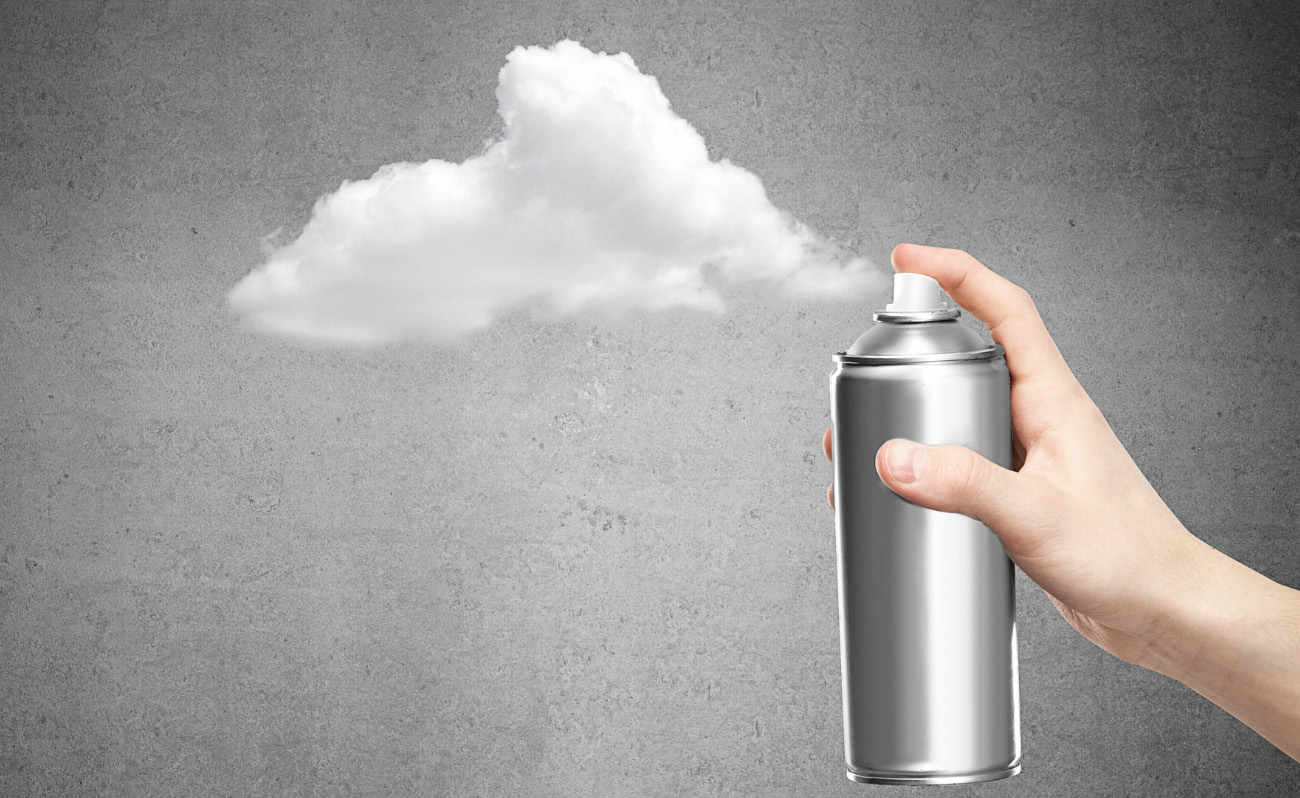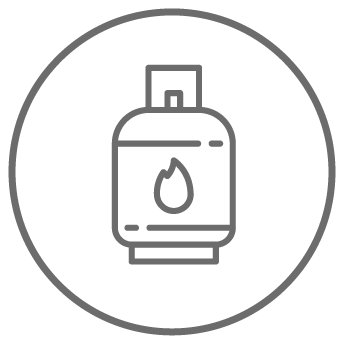Aerosol cans - Story

The term aerosol refers to a colloid of fine solid particles or drops of liquid that move in the air or in another gas, and aerosol production specialists such as Settala Gas distinguish between natural and man-made aerosols. The origin of the term dates back to World War I, when it was used by Frederick G. Donnan to describe an aerodynamic solution of clouds of microscopic particles in the air.
Aerosol cans - Origin
In 1790, the concept of aerosol became widespread in France with the introduction of self-pressurized carbonated beverages, and in 1837, a soda siphon incorporating a valve was invented. In contrast, the invention of metal spray cans constructed of heavy steel and at the time too heavy to be commercially successful dates back to 1862.
In 1899, inventors Helbling and Pertsch patented pressurized aerosols using methyl and ethyl chloride as propellants. These are the forerunners of the modern aerosol proposed by specialized industries such as Settala Gas.
Key players in the history of the aerosol cans
In 1927, Norwegian engineer Erik Rotheim patented the first valve spray canister that contained and delivered propulsion systems and was the forerunner of the modern model. During World War II, the U.S. government seeks a way to spray malaria-carrying insects, and thus a small aerosol with liquefied gas was born in 1943, to be followed by the first hairsprays by inventor Robert Abplanalp.
Then at the age of 27, he studied how to spray liquids from a can under pressure and made a lightweight aluminium can, which made the cans suitable for dispensing foams, liquids, powders and creams. In 1953, he patented the crimp valve "for dispensing gas under pressure." His Precision Valve Corporation soon earned over $100 million by producing one billion aerosol cans per year in the United States and half a billion in 10 other countries.
Environmentally friendly aerosol cans – Origin
In the 1970s, concern related to the ozone hole formed due to the use of fluorocarbons began to grow strong, and Robert Abplanapl sought a solution, using water-soluble hydrocarbons for the aerosol can, resulting in an environmentally friendly product that did not harm the environment. This leads to a rapid spread of the aerosol can.
In addition to this, Robert Abplanalp invented both the first clog-free valve for aerosol cans and "Aquasol" or pump sprays, which used water-soluble hydrocarbons as the propellant source.
Settala Gas' aerosol cans
Today, Settala Gas is specialised in the production and selling of aerosol cans with the PURIF| AIR line of eco-friendly aerosol propellants. Today, toxic and polluting gases have been completely replaced by aerosol propellants, and our company has largely contributed to this evolution. We are both a leader and a point of reference in this industry for the technical and regulatory support needed to use these types of products.
Contact us for more information!




